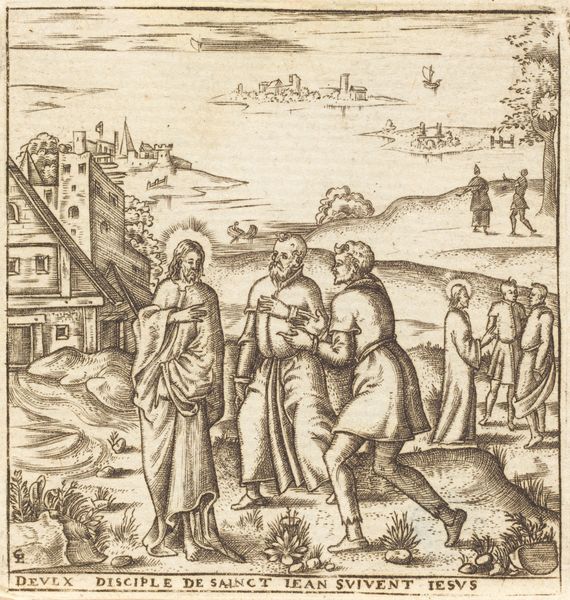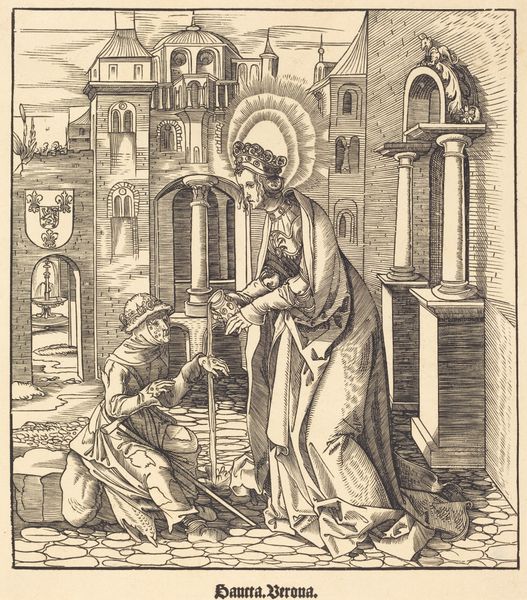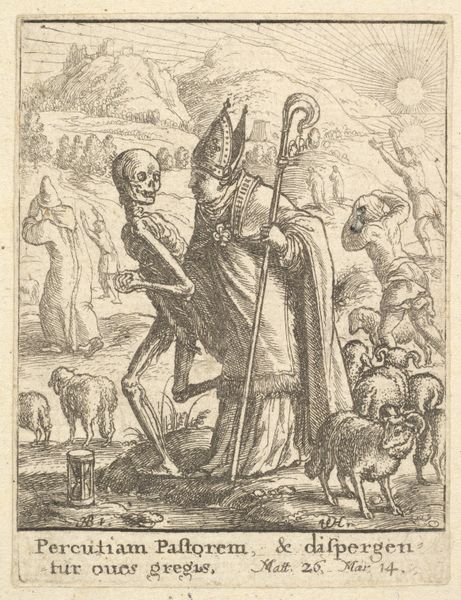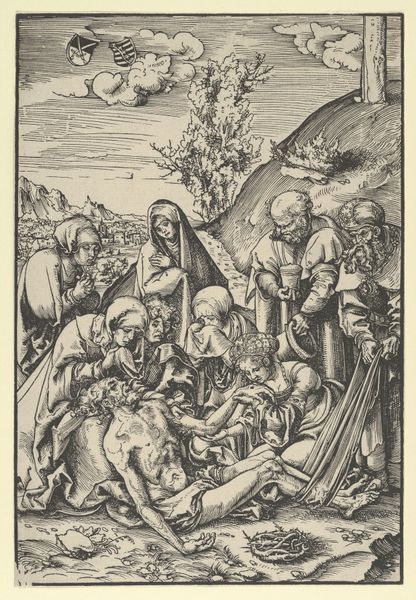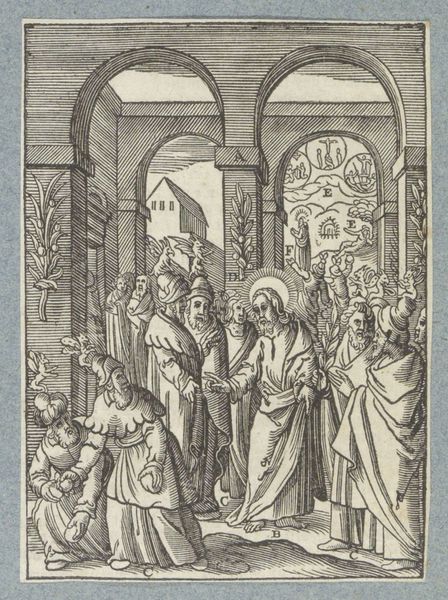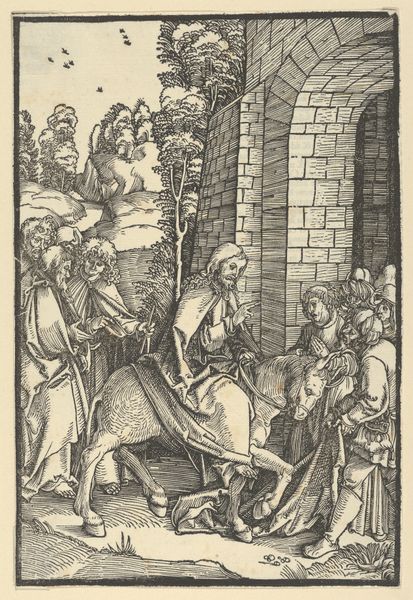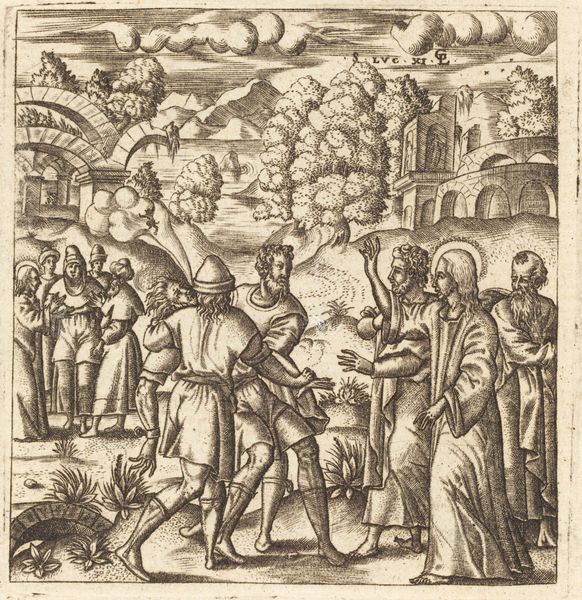
print, woodcut
#
narrative-art
# print
#
figuration
#
woodcut
#
northern-renaissance
Copyright: National Gallery of Art: CC0 1.0
Editor: This is “Saint Brigitta,” a woodcut made by Leonhard Beck between 1516 and 1518. I'm really struck by the detail achievable through this printmaking method; it has an almost tactile quality. What can you tell me about this piece? Curator: Considering its materiality as a woodcut, we need to look at its function within society. These prints were not ‘high art’ objects initially; instead, they were modes of disseminating information, and in this case, reinforcing religious ideology. Notice how the labor invested in carving the woodblock allows for mass production and therefore widespread consumption of the image of Saint Brigitta. Editor: That’s fascinating! It reframes how I view the artistic process; from individual expression to this wider idea of cultural dissemination. Were these types of prints common at the time? Curator: Exactly. The printing press, and thus prints like this, were changing social landscapes. These images weren’t just passively consumed. The materials themselves, the cheap paper and ink, and the relative ease of production made them accessible. This print facilitated the construction, maintenance, and performance of faith. Consider the act of acquiring and owning this image, how this interacted with early modern spirituality and economy. Editor: So, it's less about the individual saint and more about the socio-economic framework allowing for the mass circulation of her image? I hadn't thought about it like that before. Curator: Precisely. We can view it through the lens of production, distribution, and consumption. How the means by which it was made and consumed helped reinforce established hierarchies. Understanding the materials and the mode of production offers insight into its historical impact. Editor: This has really broadened my perspective! I now see how important it is to think beyond just the visual elements to understand the cultural work this print performed. Curator: Absolutely. The physical act of creating and distributing it holds layers of meaning and impact within the historical context. The value lies not just in the image itself, but also how that image reached and affected people.
Comments
No comments
Be the first to comment and join the conversation on the ultimate creative platform.

